Does my item need to be boxed?
Each item you send, depending on its size, must be packed in box, envelope, padded envelope or special courier package. Non-packed items will not be collected.
What information must I provide on a parcel?
When ordering a service from Sendparcel.com, you will be asked to fill in your and receiver’s addresses, contact numbers, as well as other required information and print supplied Shipping labels. Please attach these labels onto your parcel in a visible place before courier arrives (see image 10).
How should I package my parcel?
Sendparcel.com only accepts properly prepared and packed parcels. Contents of the parcel must be cushioned using bubble wrap, foam peanuts, air pillows, corrugated inserts, crumpled paper or foam wrap and boxed (see image 1, 2, 3, 4, 5, 7). If your item is not correctly packaged, courier may refuse to accept it. If the items are not sufficiently protected, you may lose the right to fill in a claim form and get compensation in case of damage.
The packaging must be strong enough to withstand the weight of the shipment and protect it from impacts, including falls up to 1 meter high. The packaging must ensure the safety of the contents of the shipment during transportation in any position, regardless of turning, shaking or pushing. The packaging of the shipment must withstand 4-5 times the weight of the shipment itself. Special markings such as “Fragile”, “Do not turn” or “Keep upright” may be used, but markings are not taken into account in automated sorting of shipments.
Packaging advice
It is very important that you pack your item securely and sufficiently to prevent it from getting damaged while it is on its way. If this should happen, you would not be able to apply for compensation. Please read the following carefully. Once you have packed your parcel, you can weight and measure it and order delivery.
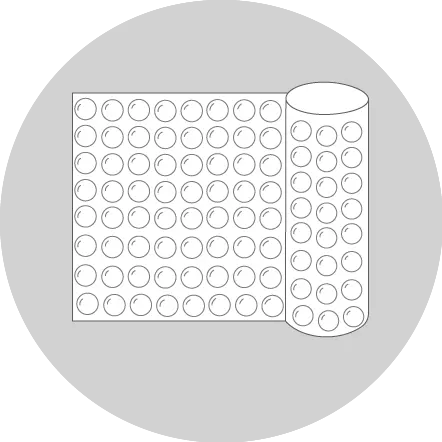 Image 1 Bubble wrap |
 Image 2 Air pillows |
 Image 3 Corrugated inserts |
 Image 4 Crumpled paper |
 Image 5 Foam wrap |
The DO's
o Choose the size of the package according to its content. Under-filled boxes are likely to collapse; overloaded ones may burst.
o Use durable and double-walled boxes. Items will get stacked in transit, therefore your packaging may need to support the weight of other packages.
o Use high quality materials. Consider strength, cushioning, and durability when selecting your wrapping supplies.
o Measure the longest edge of the package including any uneven surfaces, bumps and protrusions of the package, if any (see image 13).
o Choose boxes made of corrugated cardboard, with good quality outer liners. Use heavy-duty double-layered board for fragile items.
o Use cushioning materials, especially to stop your items from moving (see image 6, 7, 8). Cushioning your shipment on all sides helps to make sure it arrives in good shape. Put fragile goods in the centre of a package. The contents should never come into contact with the outer packaging.
o Use strapping or strong tape to seal and secure your box.
o Seal greasy or strong-smelling substances with adhesive tape, then wrap in grease resistant paper or put it into plastic bag (see image 9). Remember that bad packaging may cause damage to surrounding items.
o Place powders and fine grains in strong plastic bags, securely sealed and then packed in a rigid fiberboard box.
o Use "arrow-up" label for non-solid materials.
o Repack your gifts. Many goods sold in attractive packaging are not suitable for shipping.
o Use triangular tubes not round tube-type cylinders to pack rolled plans, maps and blueprints.
o Protect your data discs, audio and video-tapes with soft cushioning material around each item.
o Complete the address clearly and completely, using uppercase letters when handwriting labels to improve readability for courier personnel.
o When shipping items with sharp edges and points, ensure these are adequately protected. Heavy cardboard is suitable for this. Fix the protective material securely so it cannot be accidentally removed in transit.
o Use cardboard dividers when sending flat, fragile material e.g. vinyl records (see image 3).
o When re-using a box, remove all labels and stickers. Ensure that the box is in good shape and not worn out.
o Put an extra address label inside the package in case the one you attached on top of the box comes off.
o Use stretch film to prevent your parcel from getting wet.
o If you are sending important documents, place it in a sleeve or folder to prevent it from any liquid damage (see image 12).
o If the weight of the package exceeds 30 kg (with Venipak and Omniva services) or 70 kg (with DHL, Siųsk pigiau and TNT services), it must be placed on a pallet. Heavy boxes should be place on the pallet, strapped and strengthened using stretch foil. Make sure the pallet size is appropriate for your package - neither too large nor too small (see Figure 11). The package should not be hanging outside the pallet edges, nor must it be significantly smaller than the pallet.
o Items requiring a temperature regime must be prepared in thermo-insulated containers or special vehicles.
 Image 6 |
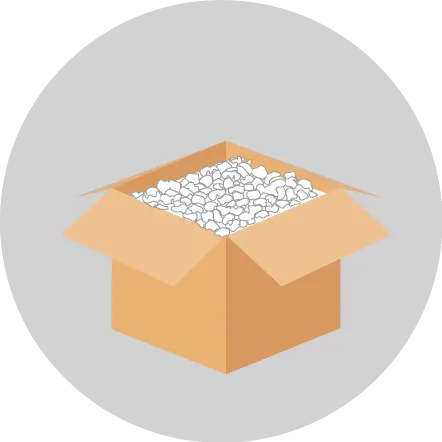 Image 7 |
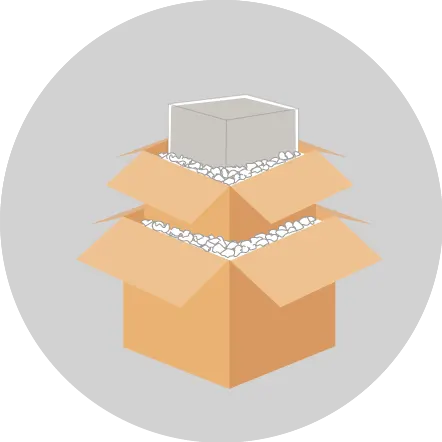 Image 8 |
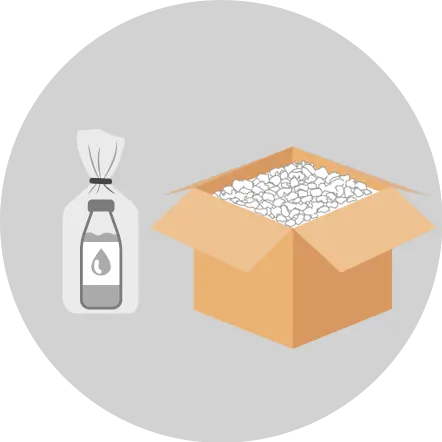 Image 9 |
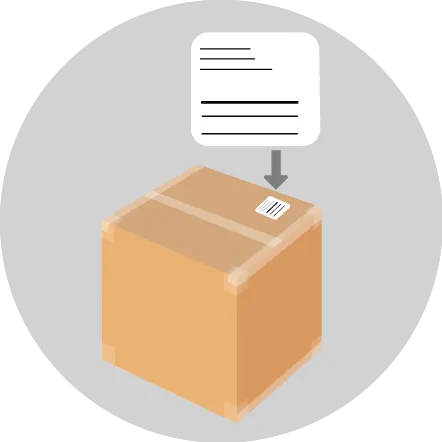 Image 10 |
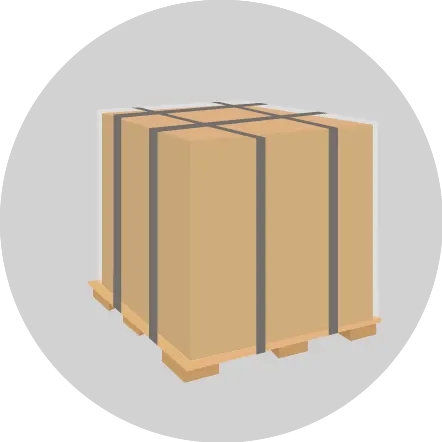 Image 11 |
 Image 12 |
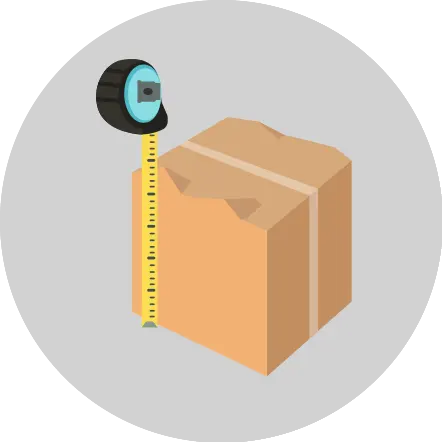 Image 13 |
The DONT's
o It is prohibited to wrap parcels in black stretch film - it often causes problems with barcode scanning. Shipping in black stretch film may result in additional fees or non-acceptance of claims due to the shipment dimensions.
o Do not use bags made of fabric or cloth.
o Do not over seal your package. All shipments can be opened by customs authorities for inspection.
o Do not use cellophane tape or rope to seal your shipment.
o Do not consider "Fragile" and "Handle with care" labels as a substitute for careful packaging. They are only appropriate for information purposes.
o Do not include any information indicating high value of contents on the address label or outer package.
o Do not exceed the weight specification of the shipment container.
o Do not use damaged containers.
o Do not attach multiple parcels together. All consignments will have each individual box or parcel declared on the Booking in order that the correct price and service can be provided to the customer. Under no circumstances should multiple boxes be attached together and sent as one parcel.




 Google
Google